Rare Rides: The Eagle Premier Story, Part II

Part I of The Eagle Premier Story covered the inception of the collaborative AMC-Renault X-58 project in 1982, and its front-drive full-size flagship goal. It was to be an all-new car to lead AMC’s North American offerings. In today’s installment, we’ll take a look at the stylish sedan’s technical details more closely.
And a stylish four-door it was, though not groundbreaking. Legendary designer Giorgetto Giugiaro went with an expected three-box design that was angular at the ends, smooth along the sides, with minimal trim fripperies and very limited chrome. The headline image is the finalized work from Italdesign circa 1987. Unusual for a domestic car, the Premier proudly featured Italdesign Giugiaro badges along its door trim. The sleek shape earned it a drag coefficient of 0.31, which nearly matched the revolutionary Audi 100 (5000) coefficient of 0.29. Speaking of which the cars were similar looking in overall shape, and everyone noticed at the time.
When it went on sale, AMC included an extensive seven-year, 100,000-mile corrosion warranty on that Italian-penned body. The warranty wasn’t the only place where the Premier led its competition. It had brighter headlamps than most cars in its class, a new composite design. The lamps themselves were notable, as they were designed by a company called Valeo. Valeo invented a new complex surface reflector design. Only two cars used this new advanced tech, the Premier and the Citroën XM.
Premier was larger inside than any of its rivals, and AMC implemented the space-efficient design drawn by Dick Teague. Trunk passengers enjoyed a large 16.3 cubic feet of space, excellent for the class. The Premier’s interior was very forward-looking for the mid-Eighties and included plenty of electronic goodies. Standard-looking gauges were paired with lighting and climate controls on pods behind the steering wheel. The unusual setup gave full control to the driver and presented the passenger with access to only the glove box, stereo, and the digital stereo equalizer.
In trims without a console shifter, the shift lever was mounted to the pod on the right instead of the steering column, and sunk into the back of it when the car was placed in drive. Very advanced for the time (and probably annoying), turn signal indicators returned to the neutral position immediately when activated, and the driver heard a noise after completing a turn which indicated the signal was no longer active. Wipers had the expected intermittent function, as well as an automatic speed mode which adjusted itself based upon the quantity of water striking the windshield.
AMC chose not to use any Renault 25 engines in the Premier, as all of them were four-cylinder and from Renault. Instead, base models used a 2.5-liter mill from AMC. The engine was nothing new and was used in the AMC Eagle in 1983, after which it moved into Jeep Cherokee duty. The 2.5 used throttle-body injection and managed just 111 horses. Four-cylinder power was used exclusively in the base LX trim Premier.
Customers who felt spendy could option the larger 3.0-liter V6 on the LX, or step up to the top ES trim where it was standard. Said V6 was the PRV V6 of unfortunate acclaim, and variants of it infected many cars. Between 1974 and 1998 the engine was used in sedans, hatchbacks, and vans of various marques, as well as the DeLorean. The V6 at least had fuel injection and made a much more impressive 150 horsepower. Fuel economy was okay at 18 city and 22 highway, but certainly not standout. The V6 Premier took 10 seconds to reach 60, the inline-four took 11.5. All Premiers used a four-speed ZF automatic that was shared with cars like the Renault 25, Audi 100, Saab 9000, and the Porsche 968.
The Premier was technically ready to go at this point, and it was also technically running pretty late. In Part III we’ll discuss what happened when it finally went on sale.
[Images: Italdesign, AMC]

Interested in lots of cars and their various historical contexts. Started writing articles for TTAC in late 2016, when my first posts were QOTDs. From there I started a few new series like Rare Rides, Buy/Drive/Burn, Abandoned History, and most recently Rare Rides Icons. Operating from a home base in Cincinnati, Ohio, a relative auto journalist dead zone. Many of my articles are prompted by something I'll see on social media that sparks my interest and causes me to research. Finding articles and information from the early days of the internet and beyond that covers the little details lost to time: trim packages, color and wheel choices, interior fabrics. Beyond those, I'm fascinated by automotive industry experiments, both failures and successes. Lately I've taken an interest in AI, and generating "what if" type images for car models long dead. Reincarnating a modern Toyota Paseo, Lincoln Mark IX, or Isuzu Trooper through a text prompt is fun. Fun to post them on Twitter too, and watch people overreact. To that end, the social media I use most is Twitter, @CoreyLewis86. I also contribute pieces for Forbes Wheels and Forbes Home.
More by Corey Lewis
Latest Car Reviews
Read moreLatest Product Reviews
Read moreRecent Comments
- SCE to AUX I think the 2.2 was a pretty durable engine.
- Rochester We'll probably be trading in our 2018 Touring Edition Forester for the next model, and are waiting to see what the Hybrid is all about. Would be nice if they disclose whether or not it will be a plug-in Hybrid.
- CEastwood I have a friend who drives an early aughts Forrester who refuses to get rid of it no matter all it's problems . I believe it's the head gasket eater edition . He takes great pains regularly putting in some additive that is supposed prevent head gasket problems only to be told by his mechanic on the latest timing belt change that the heads are staring to seep . Mechanics must love making money off those cars and their flawed engine design . Below is another satisfied customer of what has to be one of the least reliable Japanese cars .https://www.theautopian.com/i-regret-buying-a-new-subaru/
- Wjtinfwb 157k is not insignificant, even for a Honda. A lot would depend on the maintenance records and the environment the car was operated in. Up to date maintenance and updated wear items like brakes, shocks, belts, etc. done recently? Where did those 157k miles accumulate? West Texas on open, smooth roads that are relatively easy on the chassis or Michigan, with bomb crater potholes, snow and salt that take their toll on the underpinnings. That Honda 4 will run forever with decent maintenance but the underneath bits deteriorate on a Honda just like they do on a Chevy.
- Namesakeone Yes, for two reasons: The idea of a robot making decisions based on algorithms does not seem to be in anyone's best interest, and the thought of trucking companies salivating over using a computer to replace the salary of a human driver means a lot more people in the unemployment lines.



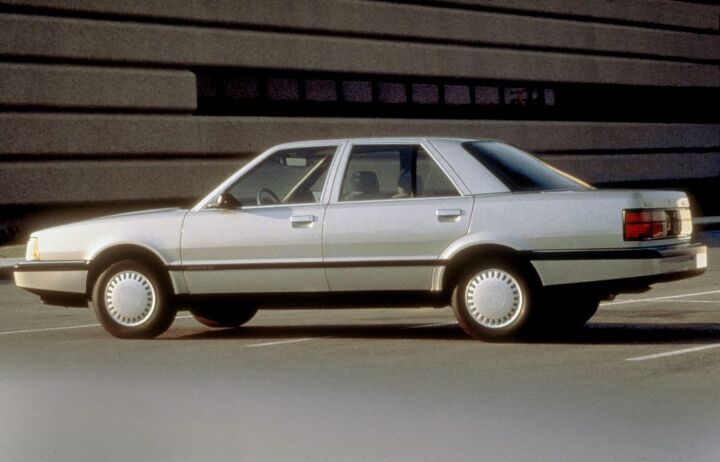


















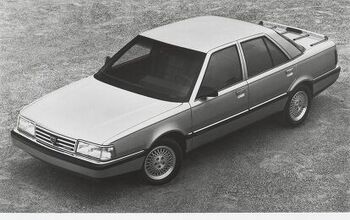
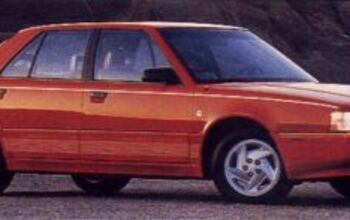
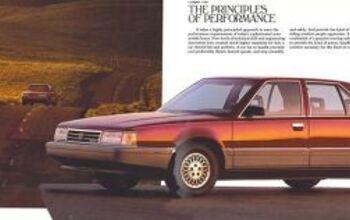
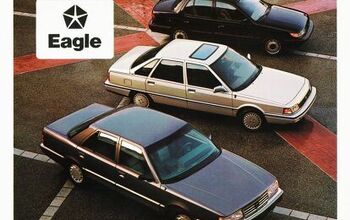
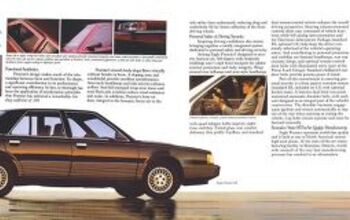
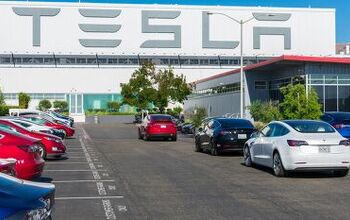
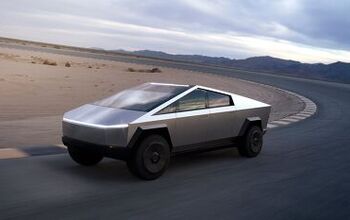
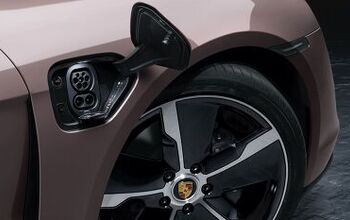
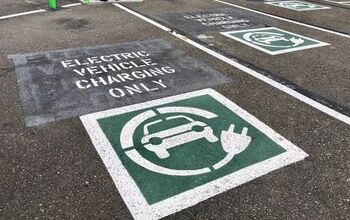
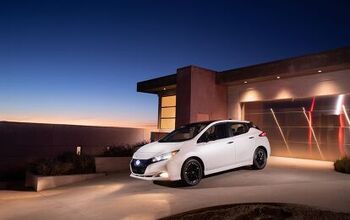
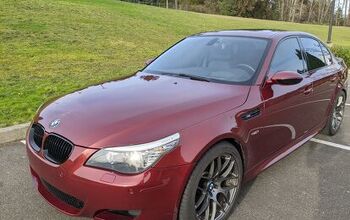

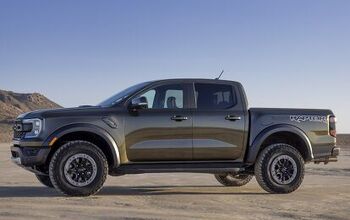
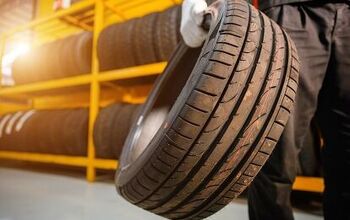
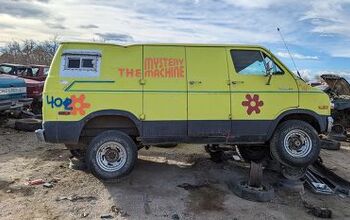
Comments
Join the conversation
Ugh. What are your gripes with the PRV? Have you ever owned or driven a car with one? It's perfectly adequate in my '87 Peugeot 505STX. Hating on the PRV is such a tired auto-journalist trope.
Speaking of DeLorean, this three-part series is worthwhile if you are at all interested in the process of bringing a new vehicle to market: https://www.netflix.com/title/80219915 TL;DR: It is not easy to successfully bring a new vehicle to market (and gets progressively more difficult with a new company, new workforce, new technology, et al.). [Little-known fact: Most companies operating in the Real World have various constraints imposed on them - constraints which are very real, but easily ignored by automotive journalists.]